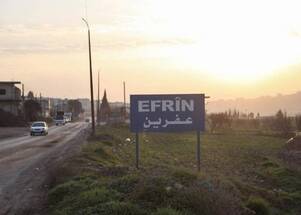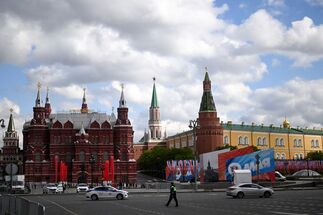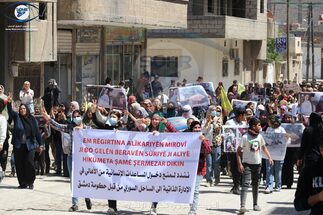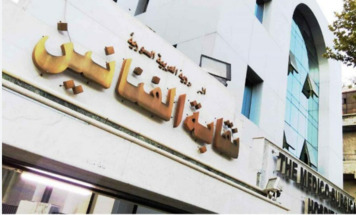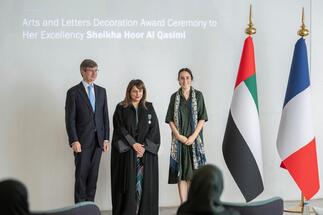-
Stunning Roman-era mosaic unearthed in Syria’s Homs district
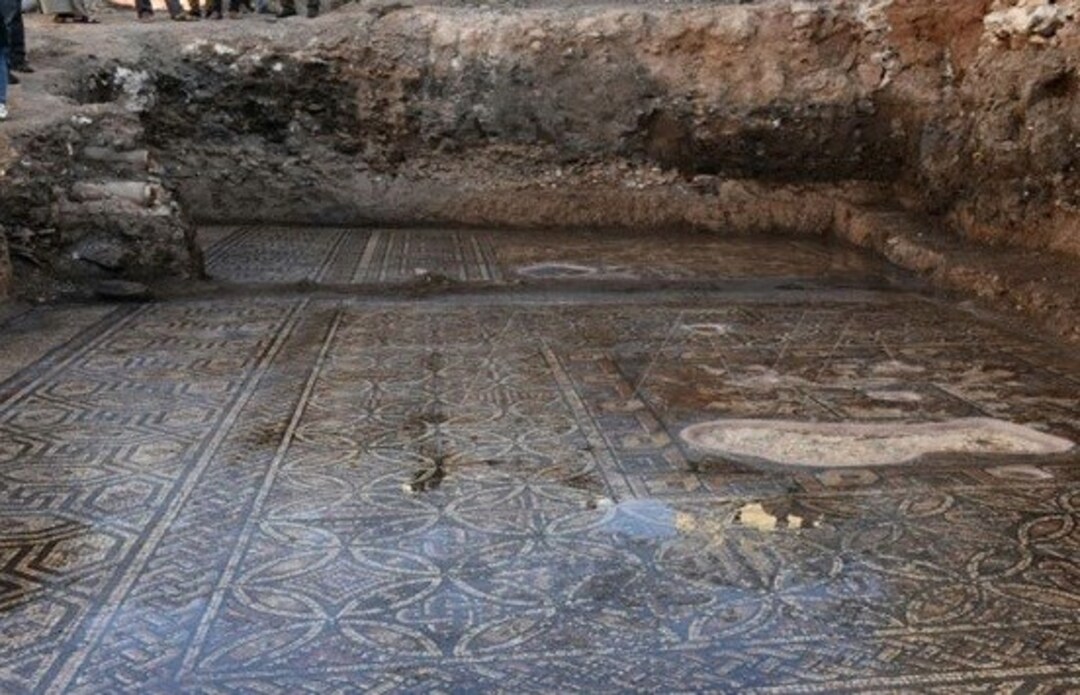
Syria on Wednesday (Oct 12) revealed a remarkably intact 1,600-year-old Roman-era mosaic including depictions of warriors in the Trojan War, with authorities hailing it as one of the “rarest” found, the AFP reported, the Arab news said.
The mosaic is the latest to be found in Rastan in northern Syria’s Homs district, which the government seized back from rebels in 2018 after years of bloodshed.
Soldiers carrying swords and shields are seen with the names of Greek leaders who took part in the Trojan War, said Hammam Saad, who heads excavations and archaeological studies at Syria’s General Directorate of Museums.
“It is not the oldest of its kind, but it’s the most complete and the rarest,” Saad said. “We have no similar mosaic.”
Discovered beneath a building, archaeologists have so far revealed a mosaic stretching some 20 meters long and six meters wide, but it is believed that more remains to be found.
Syria was an archaeologist’s paradise, home to some of the oldest and best-preserved jewels of ancient civilizations, but over a decade of war -damaged beyond repair some of its fabled past.
Mosaics adorn many of Syria’s most famous archaeological sites, including Damascus’ Umayyad Mosque, the Maarat Al-Numan Museum in Idlib, as well as the floors and murals of the ancient city of Palmyra.
The Daesh group overran Palmyra in 2015, turning the ancient city into a stage for public executions and destroying its famed Arch of Triumph, the shrine of Baal Shamin, and the Temple of Bel.
All of Syria’s six UNESCO world heritage sites sustained some level of damage.
Mounting cholera cases pose threat across frontlines in Syria
In the Homs province, the ancient Umm Al-Zinar church was burnt down, the Khalid Ibn Al-Walid mosque was damaged, while mosaics in Rastan were looted.
The chaos that engulfed Syria at the peak of the war allowed moveable pieces — such as coins, statuettes and mosaic fragments — to be scattered worldwide through the antiquities black market.
Source: arabnews
You May Also Like
Popular Posts
Caricature
BENEFIT Sponsors Gulf Uni...
- April 17, 2025
BENEFIT, the Kingdom’s innovator and leading company in Fintech and electronic financial transactions service, has announced its sponsorship of the “Innovation and Sustainable Technology Solutions Competition (GU - IST Solutions), hosted by Gulf University at its main campus.
This strategic sponsorship reflects BENEFIT’s active role in advancing technological innovation and fostering sustainable solutions to future challenges. It also seeks to empower Bahraini youth by enhancing their skills, capabilities, and competitiveness in innovation and solution development—contributing meaningfully to the broader goals of sustainable development across all sectors.
As part of BENEFIT’s active involvement in the competition, the company has announced that Hanan Abdulla Hasan, Senior Manager of Public Relations and Communication, will serve on the competition’s supervisory committee. Her upcoming participation reflects BENEFIT’s forward-looking commitment to championing academic and professional excellence.
Commenting on the occasion, Hanan Abdulla Hasan, Senior Manager of Public Relations and Communication at BENEFIT, said, “We are privileged to support this pioneering initiative, which aligns seamlessly with BENEFIT’s enduring commitment to fostering innovation and nurturing the potential of Bahrain’s youth. Our participation is rooted in a deep sense of social responsibility and a firm belief in the pivotal role of innovation in shaping a sustainable future. Through such platforms, we seek to empower the next generation with the knowledge, skills, and foresight required to develop impactful solutions that address future challenges, in line with the United Nations Sustainable Development Goals 2030.”
Dr. Aseel Al Ayash Dean of the College of Engineering in Gulf University commented, “We extend our sincere gratitude to BENEFIT for their generous sponsorship and support of the Innovation and Sustainable Technology Solutions Competition. This contribution plays an instrumental role in helping us achieve the strategic goals of this initiative, namely, cultivating a culture of innovation and sustainability, encouraging efforts that address the imperatives of sustainable development, and enhancing the practical and professional capabilities of our students and participants.”
The event will bring together a diverse spectrum of participants, including secondary school students, university undergraduates, engineers, industry professionals, entrepreneurs, academic researchers, and subject matter experts representing a wide range of disciplines.
The competition seeks to inspire participants to develop and present innovative, sustainable technologies aimed at addressing pressing environmental, social, and economic challenges. It encourages the formulation of business models that integrate advanced technological solutions with core principles of sustainability. Moreover, it serves as a platform for emerging leaders, entrepreneurs, and innovators to contribute to the advancement of the Sustainable Development Goals, promote the ethos of responsible technology, and demonstrate its transformative potential across various sectors.
Attendees will have the opportunity to view a series of project presentations submitted by participants, covering diverse areas such as eco-friendly product design, smart and sustainable innovations, renewable energy technologies, water conservation and management, waste minimisation and recycling, green architectural solutions, and sustainable transportation systems. Outstanding projects will be formally recognised and awarded at the conclusion of the event.
opinion
Report
ads
Newsletter
Subscribe to our mailing list to get the new updates!

